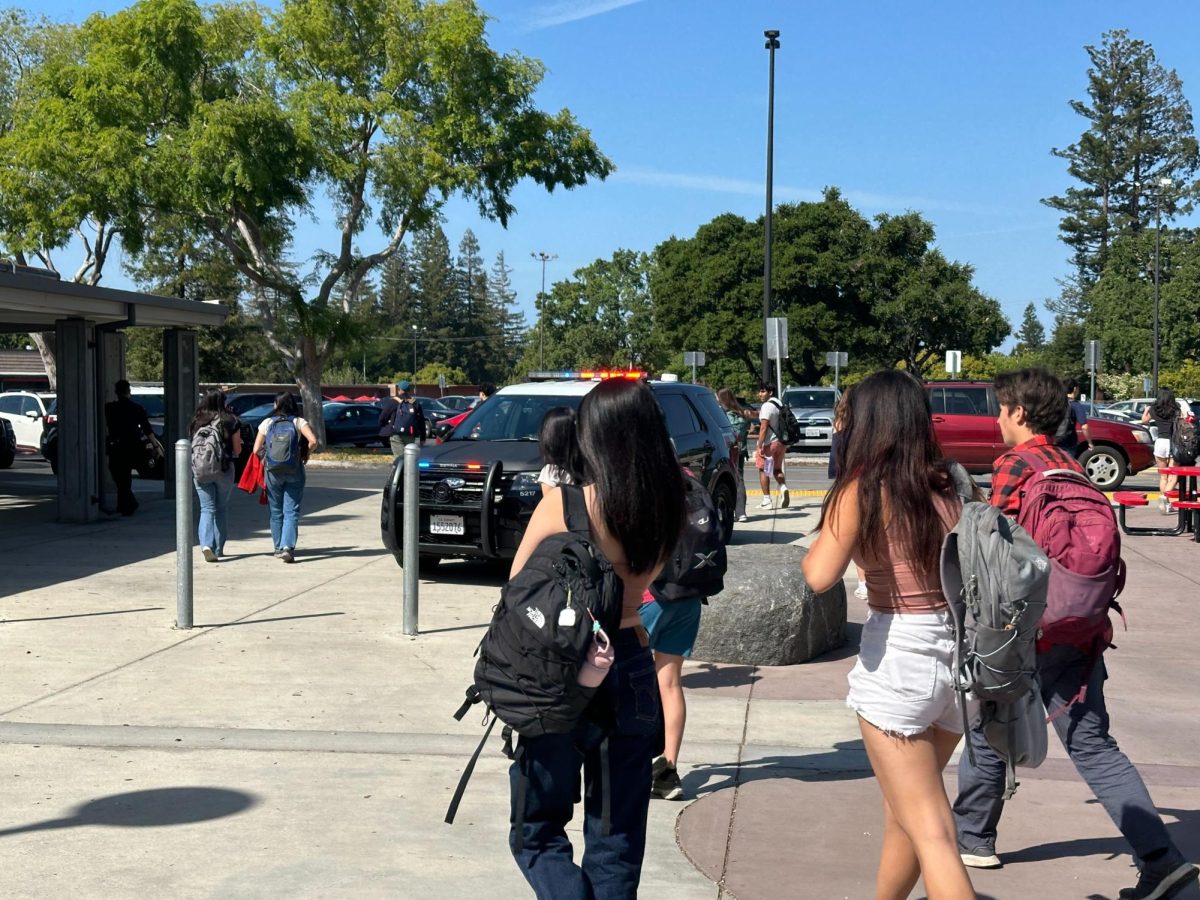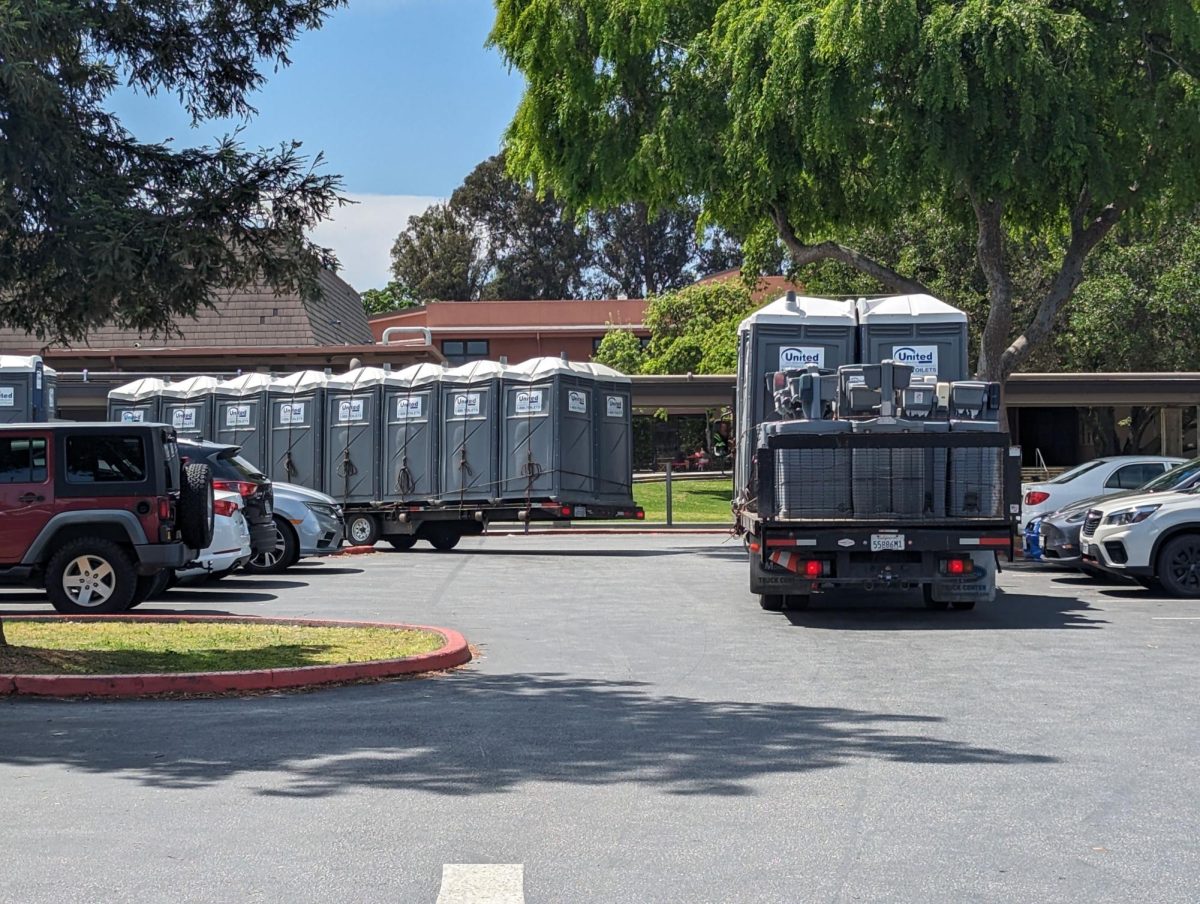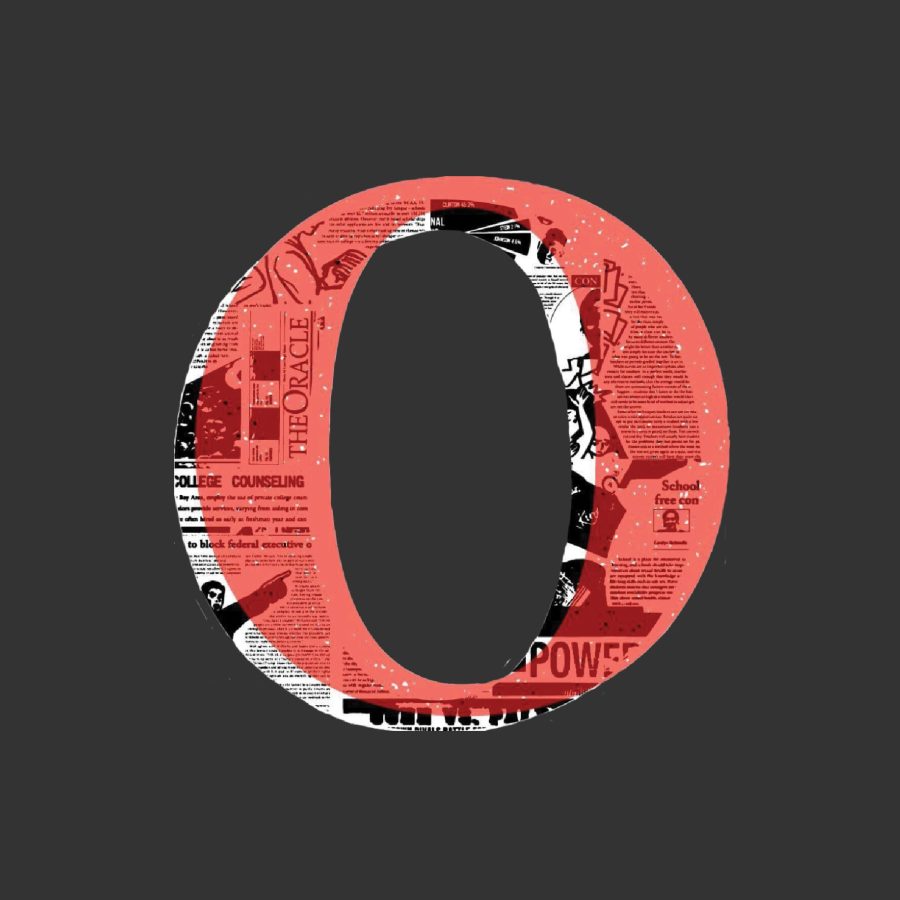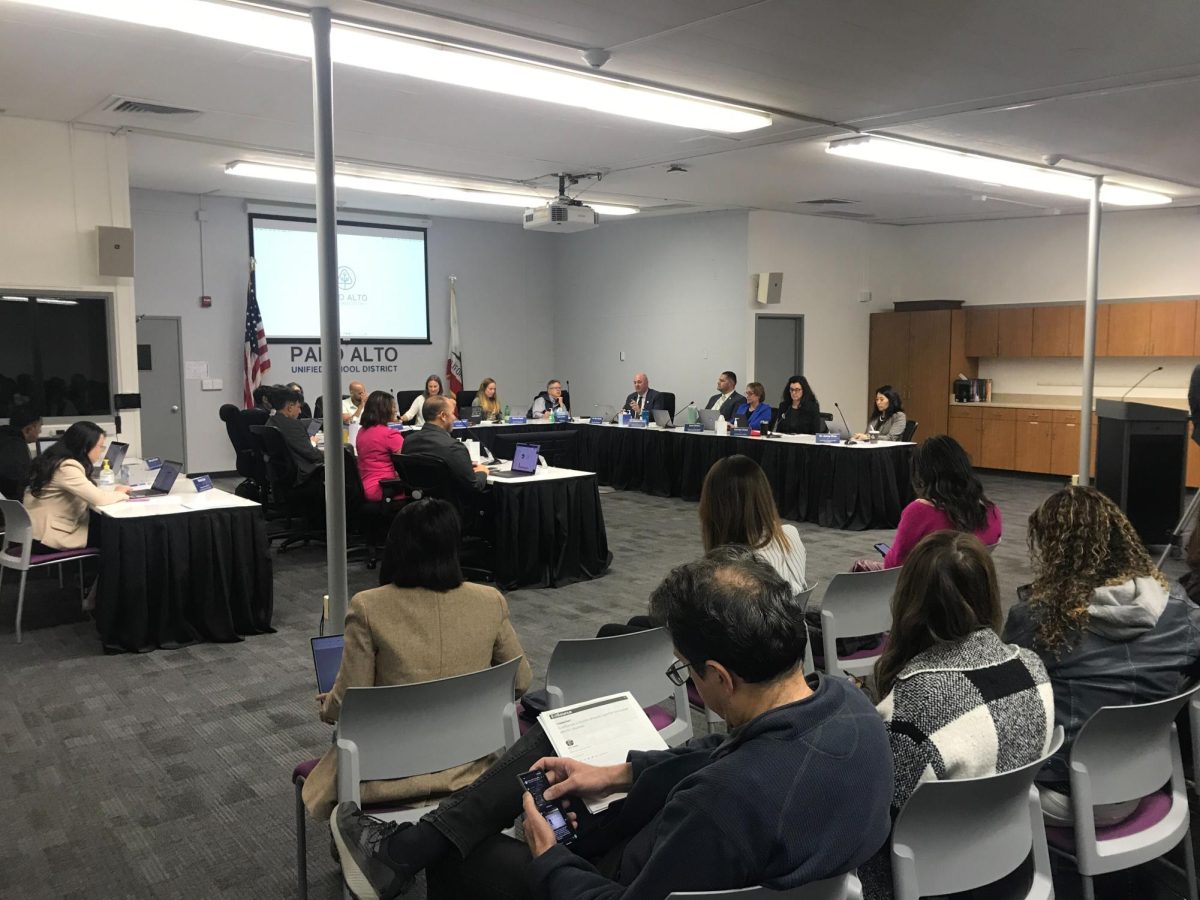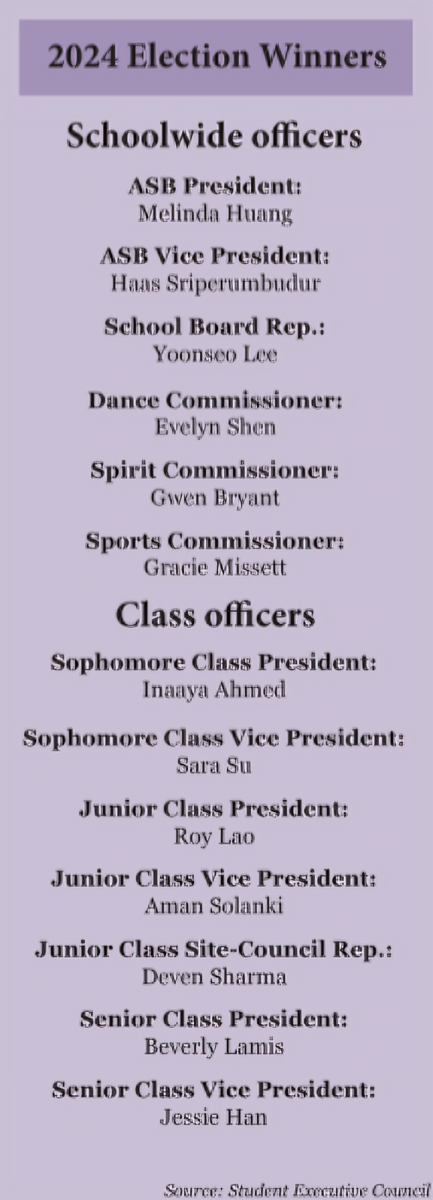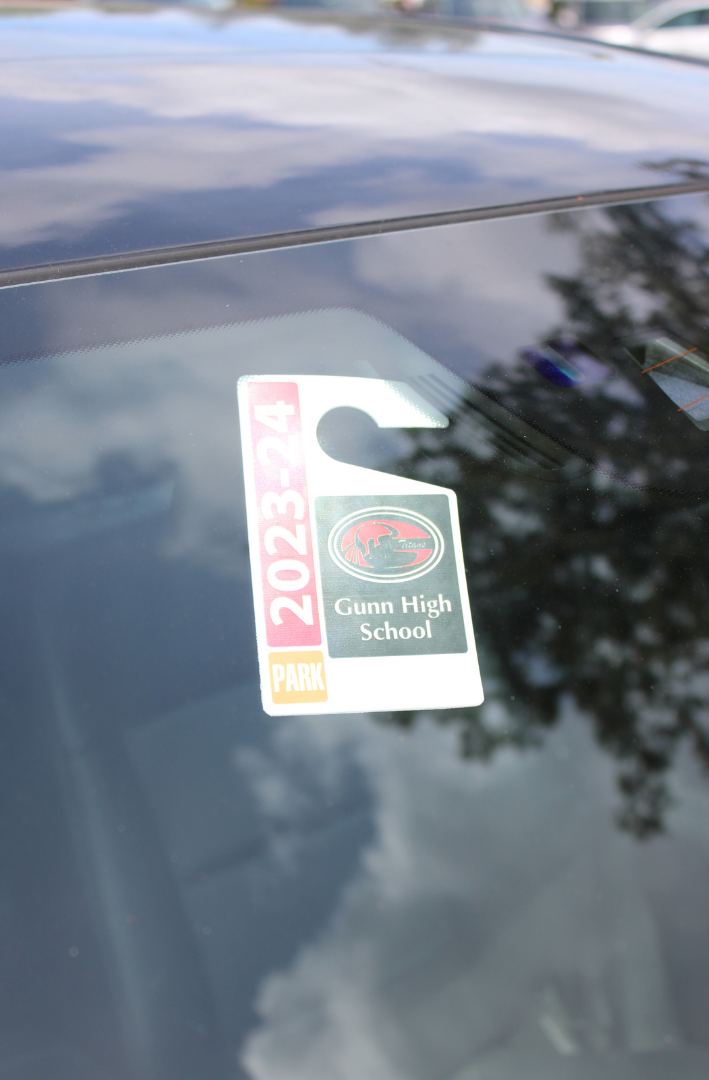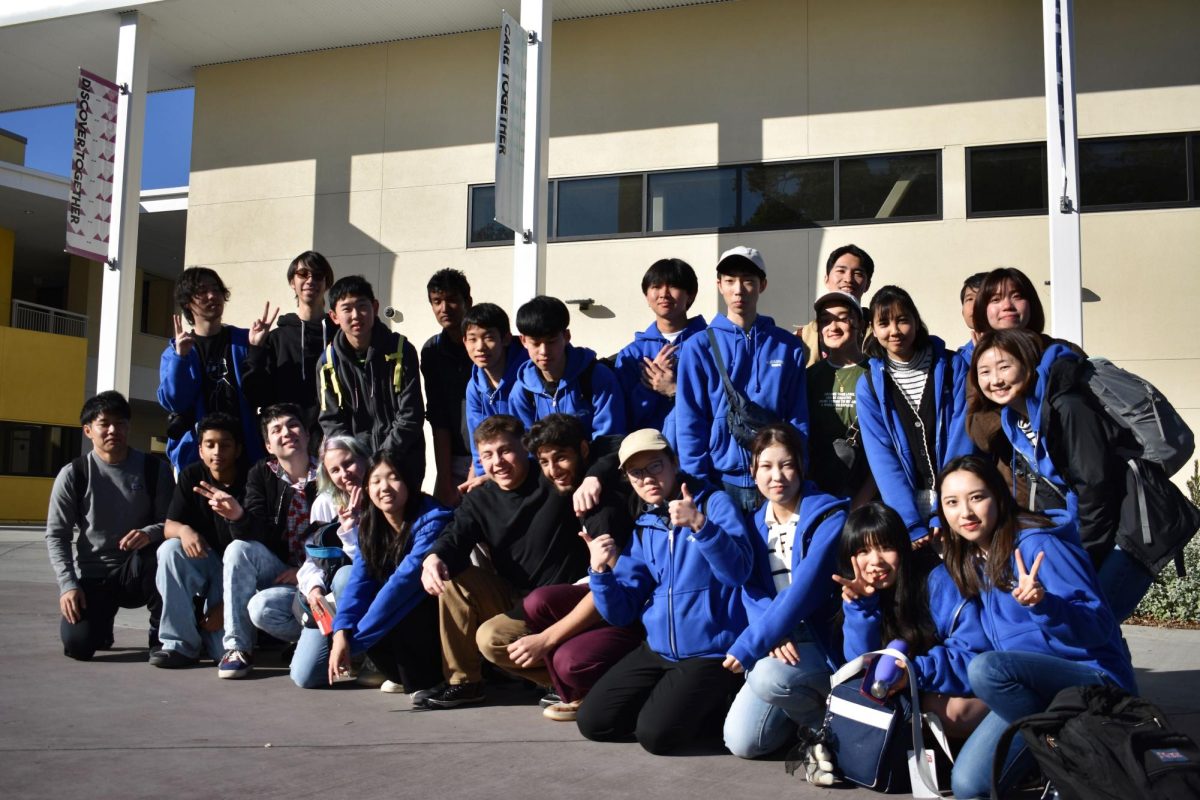Written by Ryeri Lim
Published in the September 11, 2015 Issue
Beginning this month, the district-wide Advanced Authentic Research (AAR) pro- gram will offer high school students the chance to conduct independent research projects while being mentored by adult professionals in prevalent fields. AAR will not only accommodate math and science projects, but also those pertinent to the humanities and visual arts.
This summer, the district hired Dr. Jeong Choe, a specialist in research program de- velopment, to implement and guide AAR. “I only really realized what it meant to be a scientist when I was in the lab for the first time,” she said. “Just learning about the back- ground raised so many questions I could only investigate in a more flexible environment. But now, there’s a national movement, the Next Generations Science Practice Standards for Science and Engineering, changing the education system to [include] more authentic science learning.”
Superintendent Dr. Max McGee, having worked with Choe on a similar program at the Illinois Math and Science Academy, also spoke of AAR’s innovative individualized focus. “The idea is to really tap into [the] student’s purpose, passion [or] interest,” he said, “and explore a topic in depth.”
Choe stated that student agency is the key to the success for a program like AAR. “I know the value of a student wanting to learn something,” she said. “Using that as a hook to drive the learning, if we can motivate them that way, is really special.”
Both Principal Dr. Denise Herrmann and McGee emphasized the importance of coordination and expansion of currently available independent experience courses, such as Gunn’s Work Experience Education Program, Palo Alto High School (Paly)’s Science Research Project class and the Gunn club Business, Math and Economics.
According to Herrmann, another primary goal of AAR is to offer such experiences more publicly to a greater variety of students. “Many students are blessed to have parents who are very well-connected,” she said. “I’m happy for those kids, but it doesn’t matter who your parents are. Everyone should have those opportunities and everyone should be able to participate.”
Herrmann described the AAR structure as “tight-loose.” While students are expected to formulate their own inquiries, they may be provided with source reading material relevant to their fields of interest. Advisor-guided proposals due in the winter will be reviewed and approved before students connect with mentors and proceed with research. Along the way, students will learn how to keep a logbook, collect and record data appropriately and analyze results more deeply than is pos- sible in most classrooms. Students will give final presentations in May 2016, and submit a publication-quality paper. “Our mentors pro- vide a lot of expertise and support, but we [the students] lead the majority of the research,” senior Katina Yong said; she participated in last fall’s pilot program.
“It doesn’t matter what field you’re in,” Choe said. “[The scientific process] is a very natural progression that can be applied to all other disciplines.” To raise possible examples of “non-traditional” research projects, Herrmann suggested student partnerships with playwrights, poets, preschools or recording engineers. “I think the idea is to have some capstone experience,” she said.
Senior Maritha Wang, however, emphasized the responsibility required by autonomy. “If we [students] didn’t do anything, our project would go nowhere,” she said.
McGee also warned against oversubscription and disingenuous motivation, stat- ing that students without endurance or passion for their research inquiry might struggle with the program structure. “This is rigorous—it’s not a science fair,” he said. “But we’re finding that students who do [pursue] this really want to do it.”
As of now, AAR at Gunn will most likely take the form of a capped, application-based Career Technical Education (CTE) elective. Yet even students with seven-class schedule may soon qualify for participation; Herrmann and Choe have suggested H period credit, internally focused mini-experiences and even summer projects as potential alternatives. “What we don’t want is a structure that doesn’t allow kids to [participate],” Herrmann said.
Flexibility may also depend on the student- mentor relationship. “Different students will have different levels of need,” Herrmann said, “whether it’s to work side by side with [their mentor] or to have it much more consultant-based.” G period classes or committed weekend hours may provide possible solutions.
Many of the student individualization responsibilities rest upon Choe, whose duties include program coordination at the site and district level, class content development, laboratory resources compilation, outreach to mentors, student advocacy and classroom teaching. “Dr. Choe [has been] helping us figure out the direction and scope of our new research,” Wang said; she currently focuses on gas-sensing graphenes. Right now, all three students’ mentors are McGee’s professional contacts in Singapore, though most future mentors will likely be local community members. “[I’m learning that] the exciting part about this community is that a lot of adults with expertise in different areas really want to participate in this program,” Choe said.
Herrmann believes corporate partners will especially benefit from supporting high-quality schools and students with authentic field experience. “Most people who are successful do want to find structured ways to give back,” she said.
For the 2015-16 year, AAR still remains in its pilot stage; according to Herrmann and McGee, finalization will most likely occur within three years. Due to funding and staffing concerns, the class has unfortunately limited capacity. “We have to scale up, but we want to give students the op- portunity now,” McGee said.
As of yet, no projected number of applicants exists. However, McGee is convinced AAR fulfills certain student and community wants. “I think we’ll get community support for even more than mentoring,” he said. “People see that this is the education they want for their kids. It’s what students want for themselves.”


